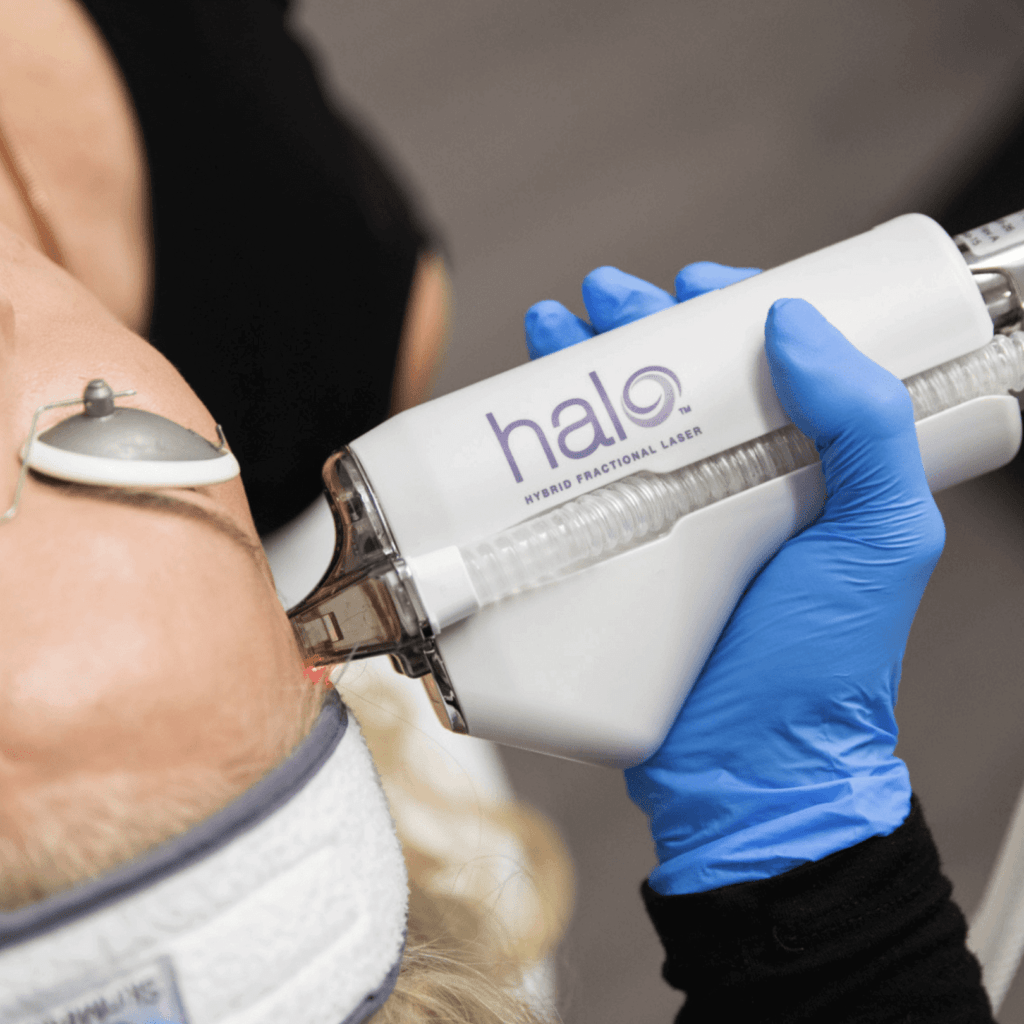Halo Laser
Have you heard of the Halo Glow? After Halo laser skin resurfacing, you’ll enjoy smoother, brighter, and more radiant skin that continues to improve over time!
The Halo by Sciton is an advanced Hybrid Fractional Laser that combines both ablative and non-ablative wavelengths to encourage the production of fresh skin cells and collagen. This unique approach allows for precise, customizable treatments, with our expert providers adjusting the laser to target specific areas and needs.
Halo delivers exceptional results for mature and sun-damaged skin, enhancing both its appearance and texture. Whether you want to treat fine lines, uneven tone, or skin laxity, Halo can be tailored to your individual goals. This versatile treatment can target multiple areas, including the face, neck, chest, hands, and beyond, revealing a revitalized, youthful glow that lasts.



